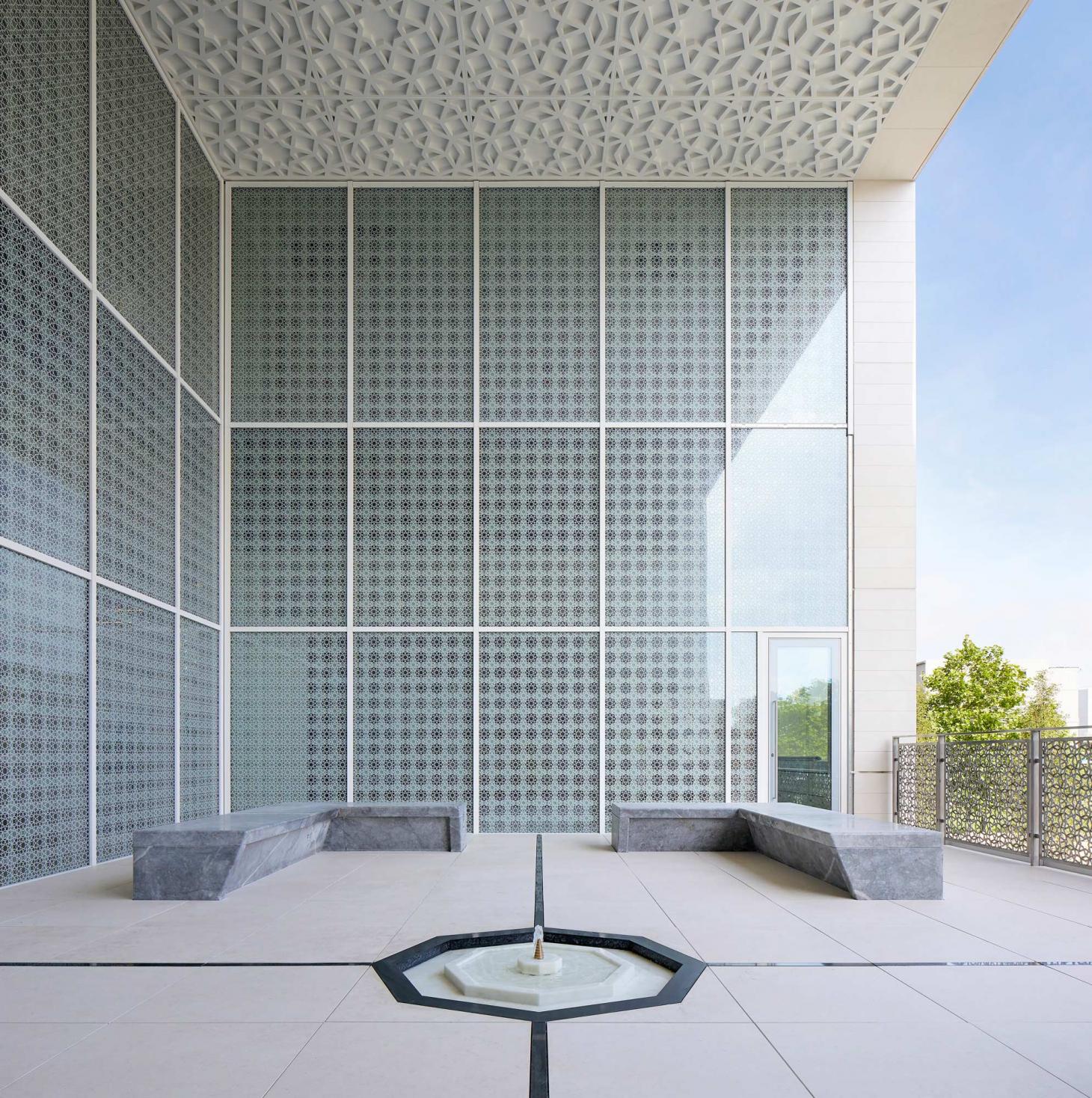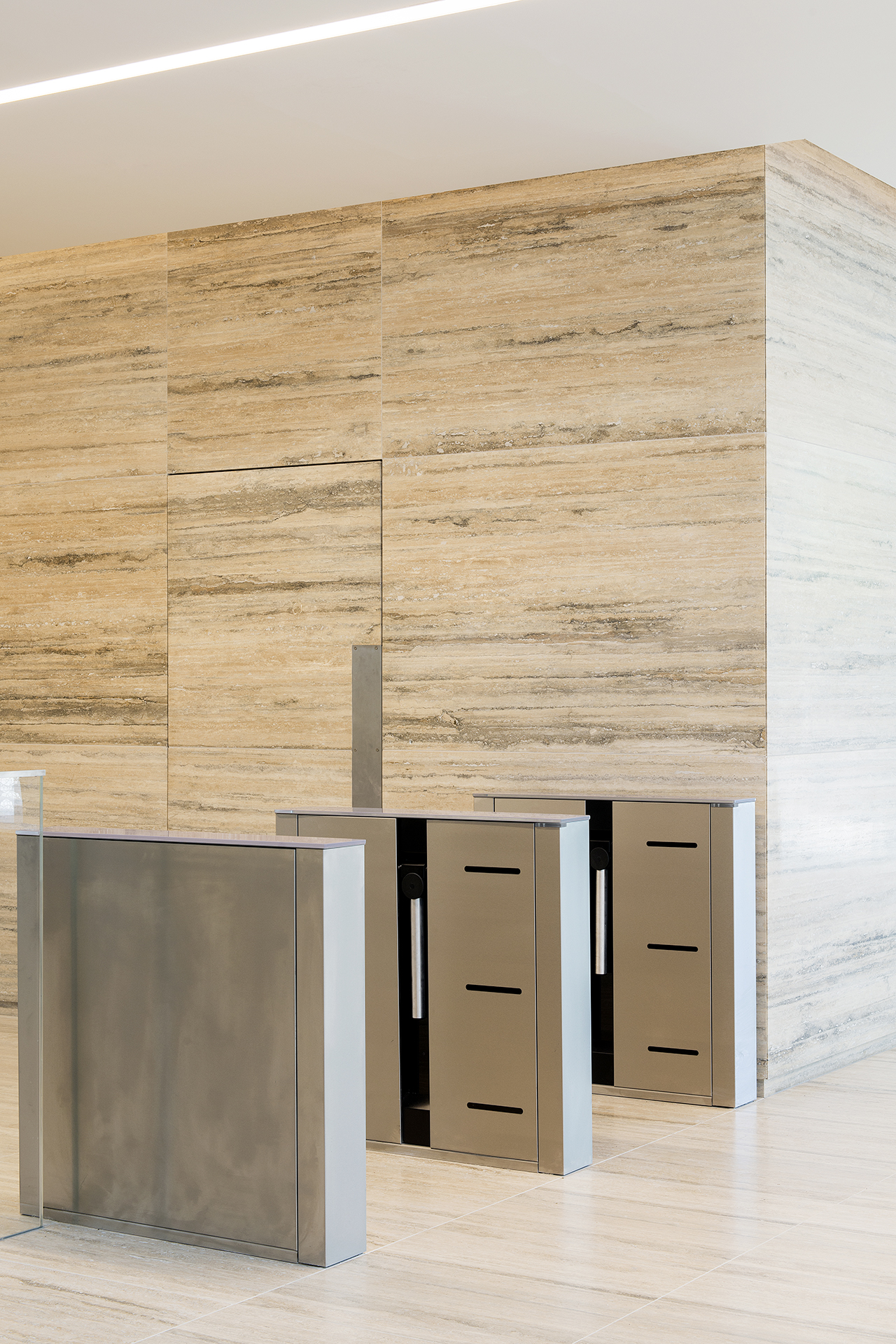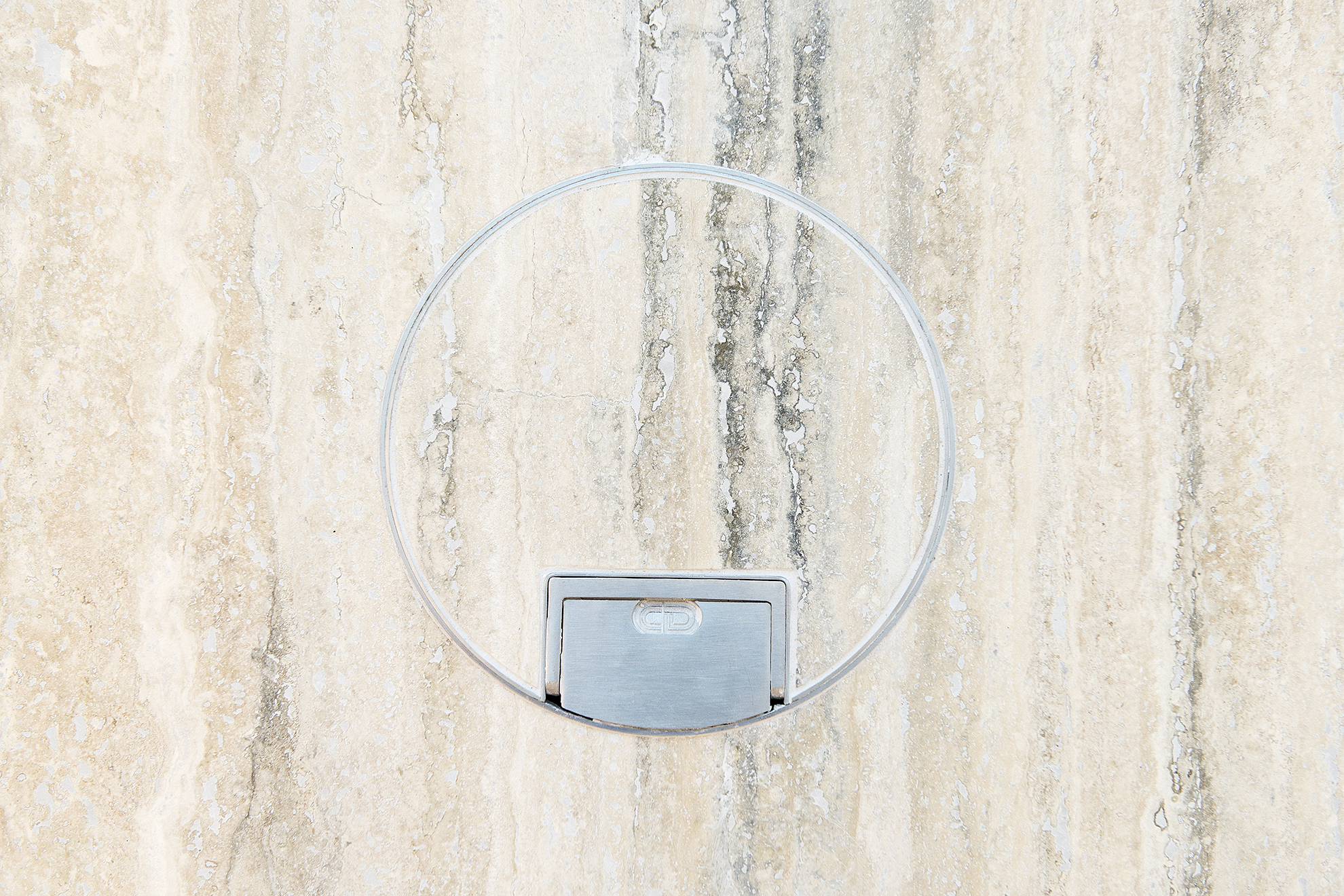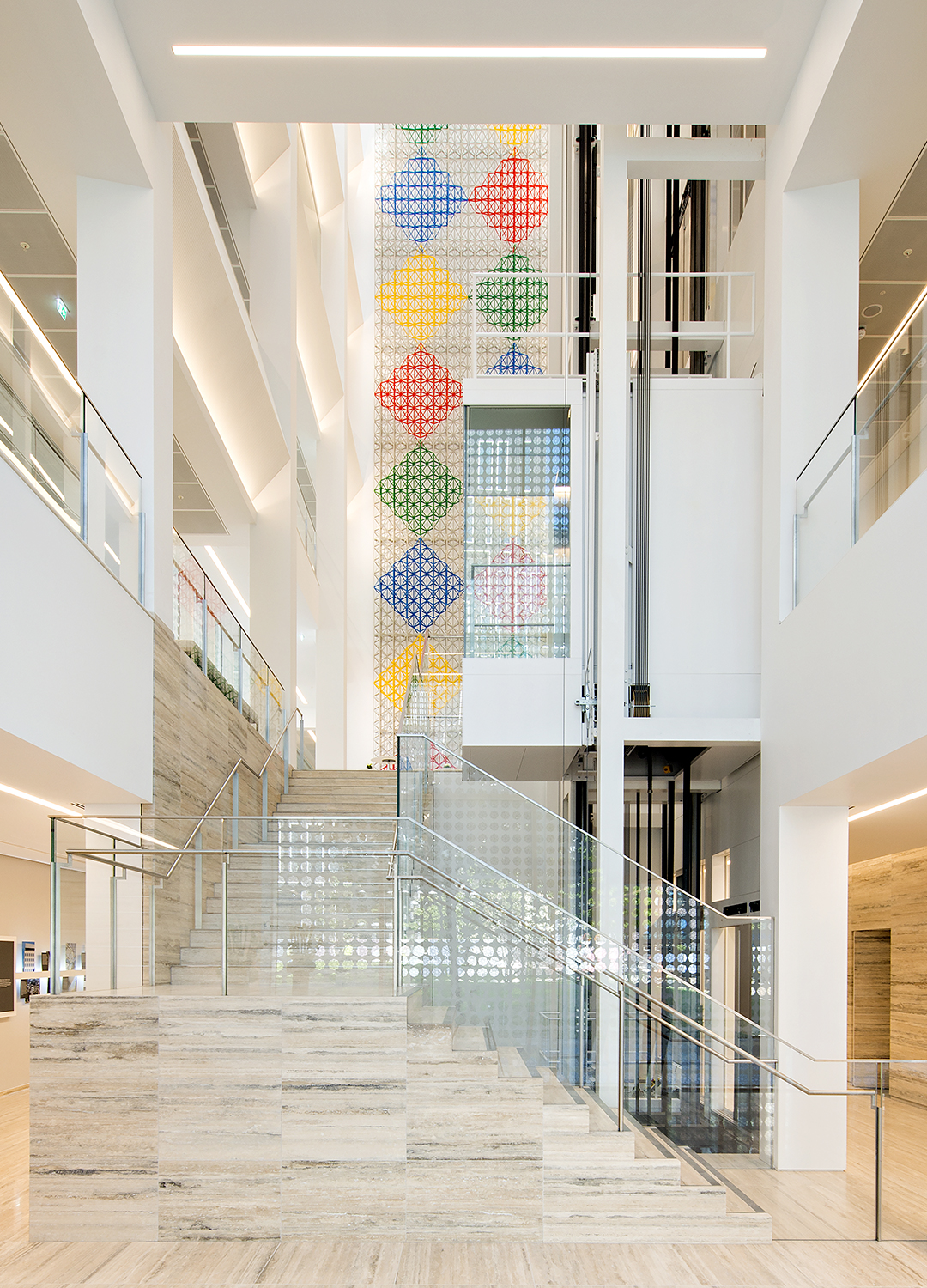
Aga Khan Centre
Islamic-inspired gardens are the delight of Maki and Associates’ new Aga Khan Centre.
Architect:
Maki and Associates
Client:
Aga Khan Foundation
Location:
London
Year:
2018
The Aga Khan Centre is a place of education, knowledge, cultural exchange and insight into Muslim civilisations.
Maki & Associates has designed a new London headquarters for the Aga Khan Foundation, the Aga Khan Centre in Kings Cross. The Fumihiko Maki’s architecture practice cut out a series of Islamic courtyards and gardens from a ten-storey block providing offices, a library and exhibition space. The building brings the Institute of Ismaili Studies, the Aga Khan University, the Institute for the Study of Muslim Civilisations and the Aga Khan Foundation UK together, after existing for 40 years in London at various locations, in their joint mission to open up a dialogue and understanding of Muslim cultures.
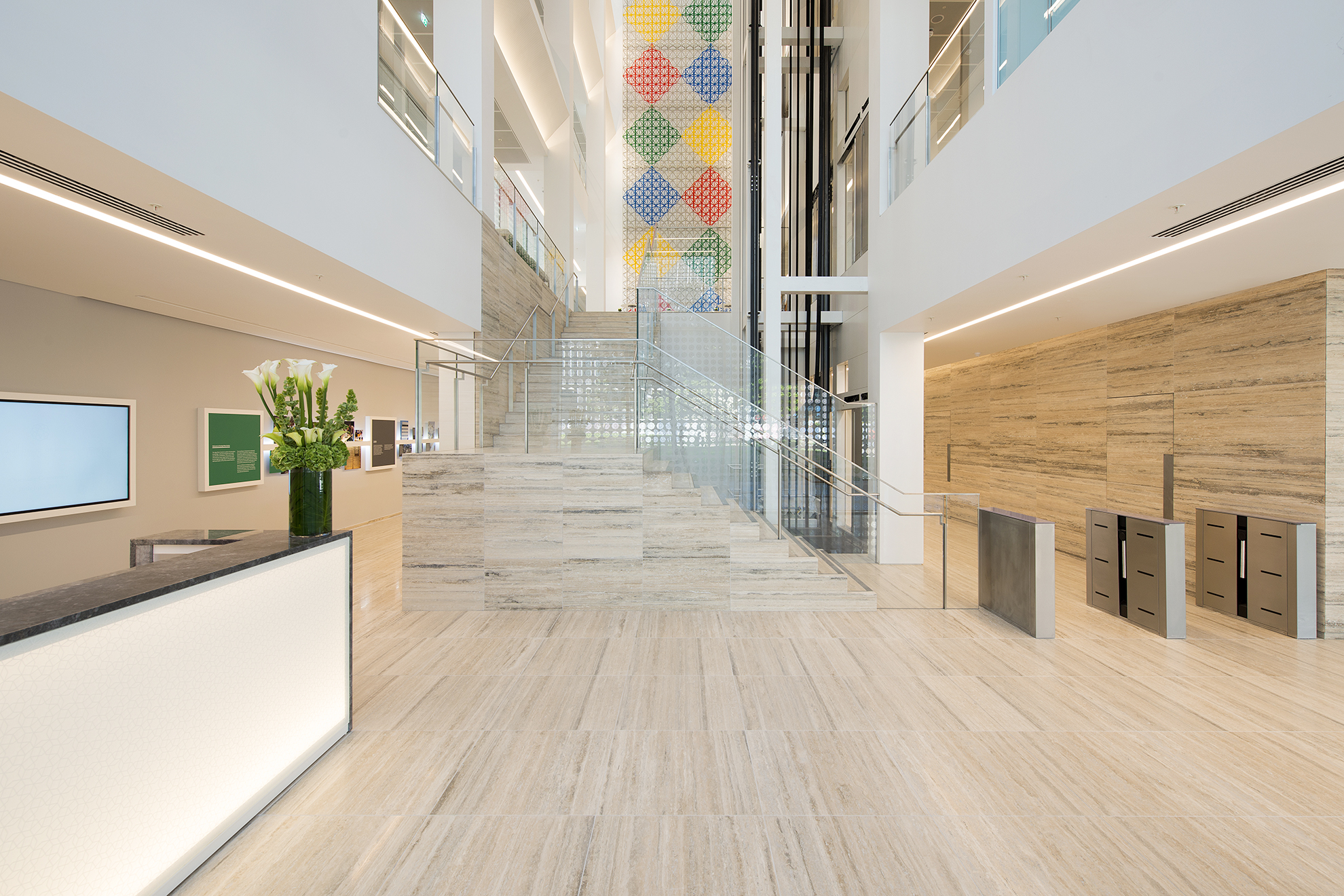
The building is influenced by Islamic architectural history and uses a small array of timeless materials.
The Aga Khan Centre is a place of education, knowledge, cultural exchange and insight into Muslim civilisations. The building is the UK home for three organisations founded by His Highness Aga Khan IV, the hereditary spiritual leader of the Shi‘a Ismaili Muslims.
This building is designed to represent the values of openness, dialogue and respect for different viewpoints (pluralism). The architecture incorporates a collection of gardens, courtyards and terraces that provides an insight into the diversity and influence of Islamic landscape design around the world and through history.
The building was designed by Fumihiko Maki, one of Japan’s most distinguished contemporary architects. The Centre is primarily designed for an academic community, with places for students, scholars and staff to share ideas and work together alongside flexible teaching spaces and quiet research areas.
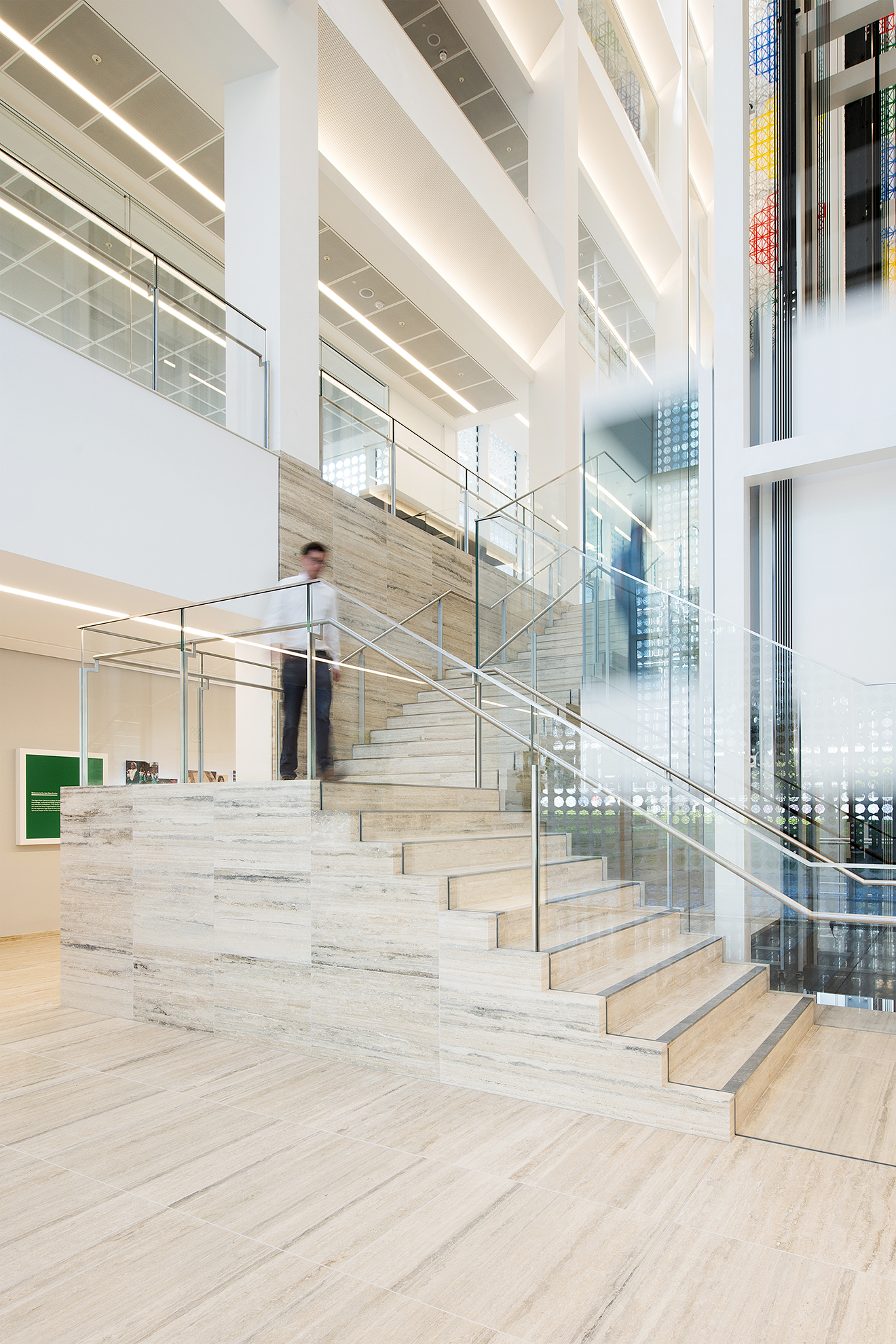
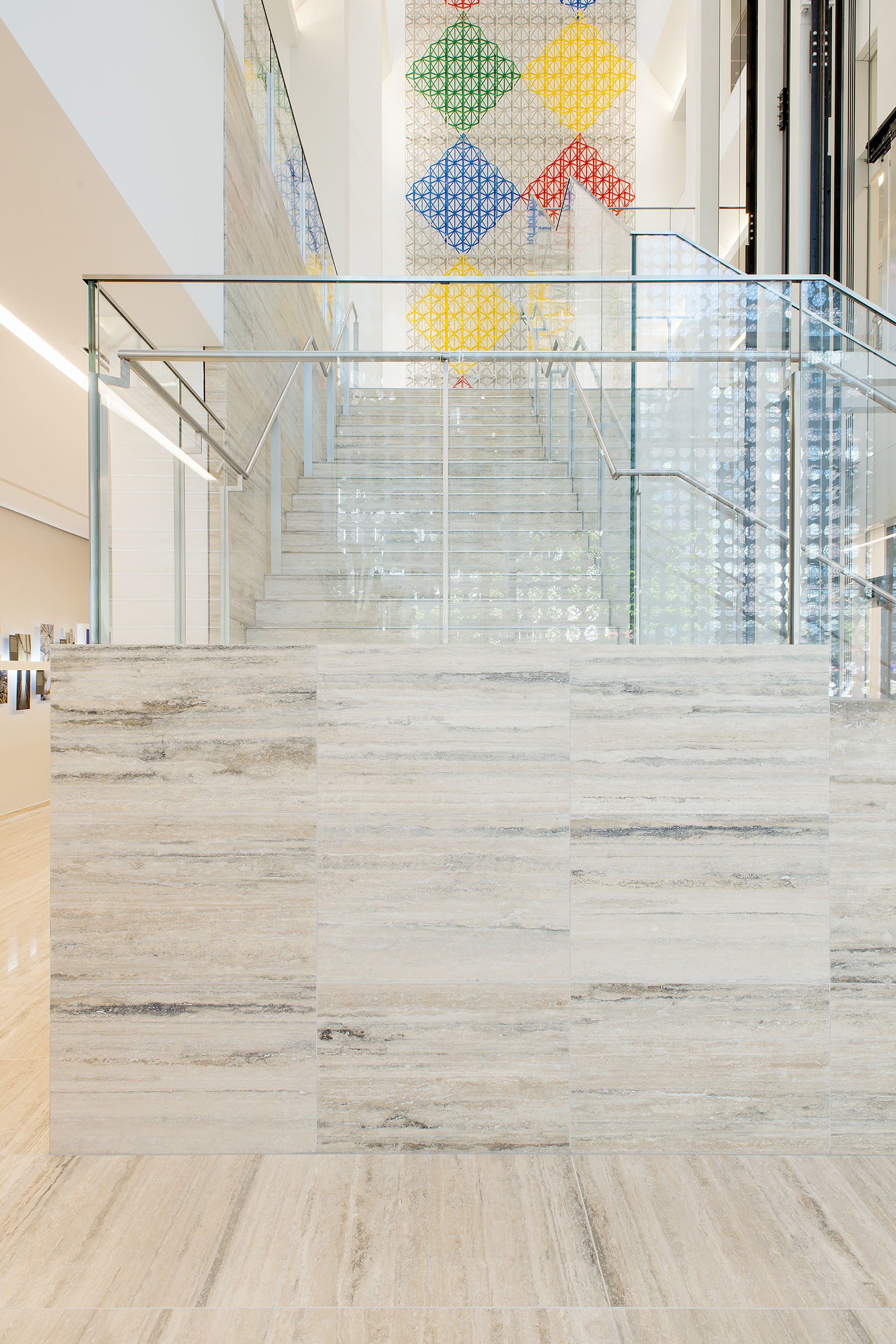
Each roof garden, terrace and courtyard represents a garden from a different region of the Muslim World.
Organised around a nine-storey glazed atrium, the building layout reflects traditional courtyards found in Morocco and Egypt, where private rooms surround common spaces. The atrium is a social and visual hub, bringing light deep into the building. A geometric eight-point star pattern appears on metalwork and windows, casting shadows across the walls. This motif also appears in some of the Centre’s outdoor spaces. Each roof garden, terrace and courtyard represents, through contemporary landscape design, a garden from a different region of the Muslim World.
